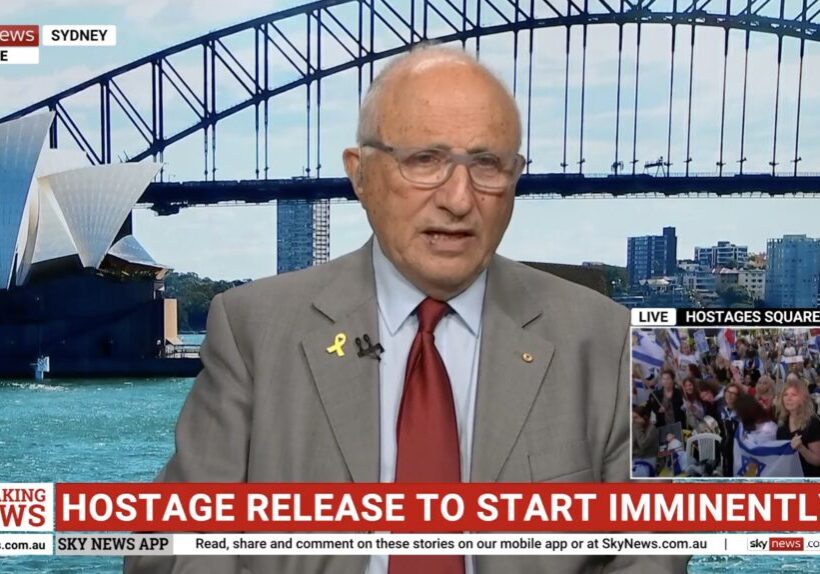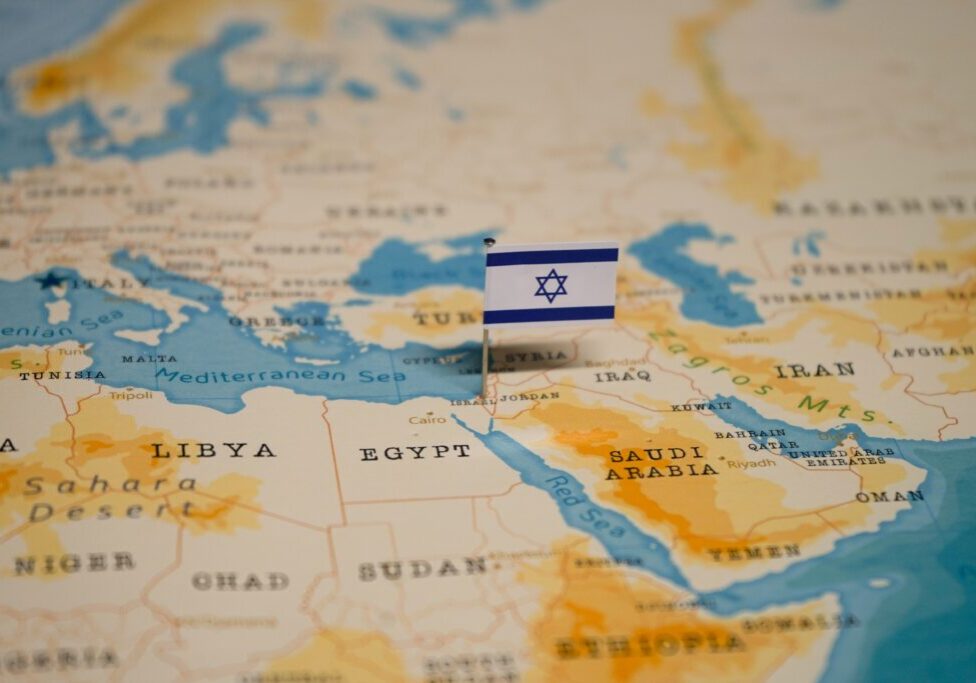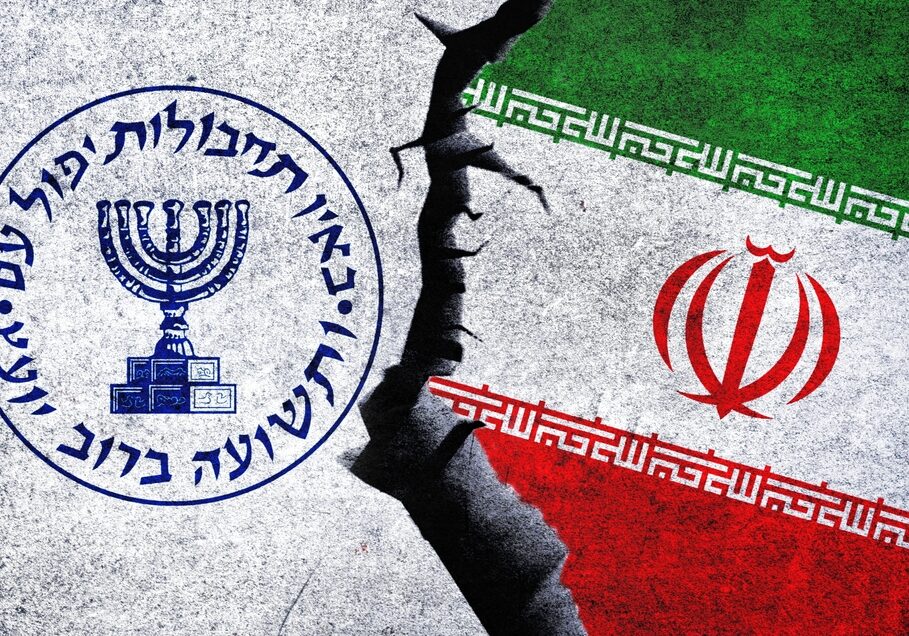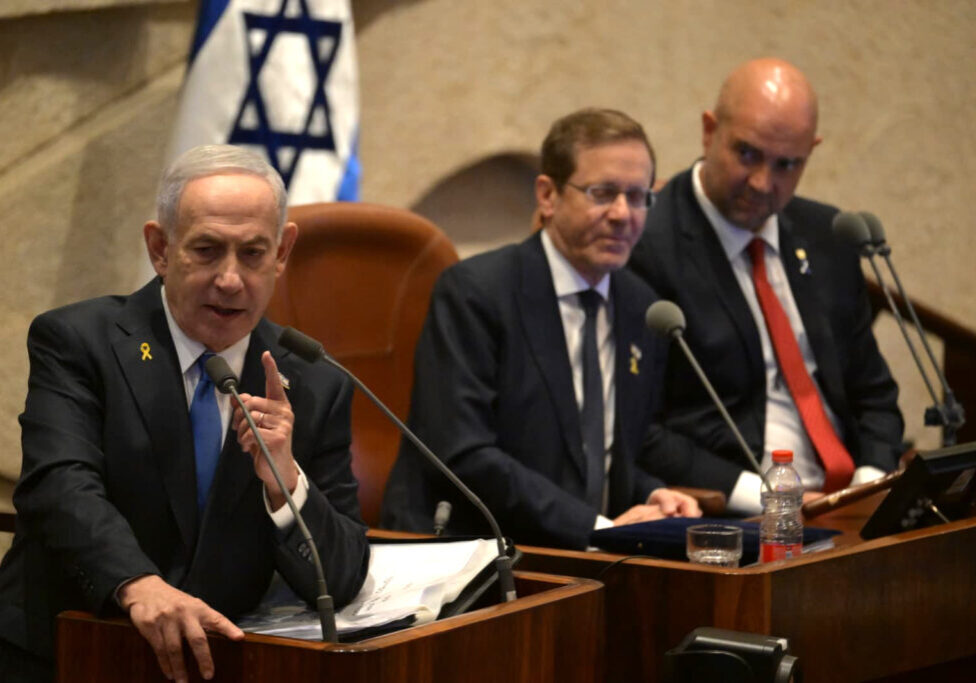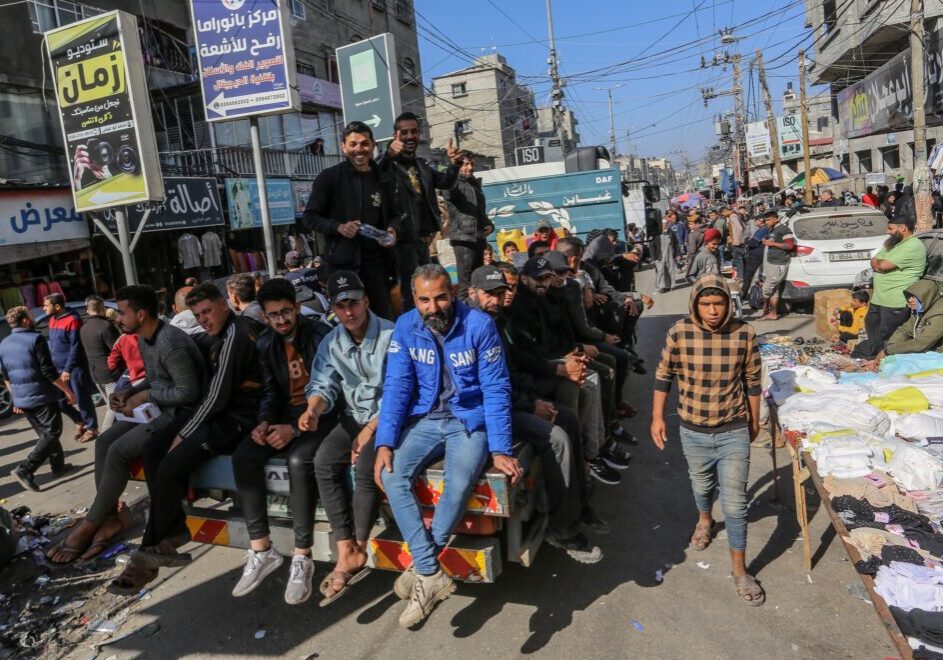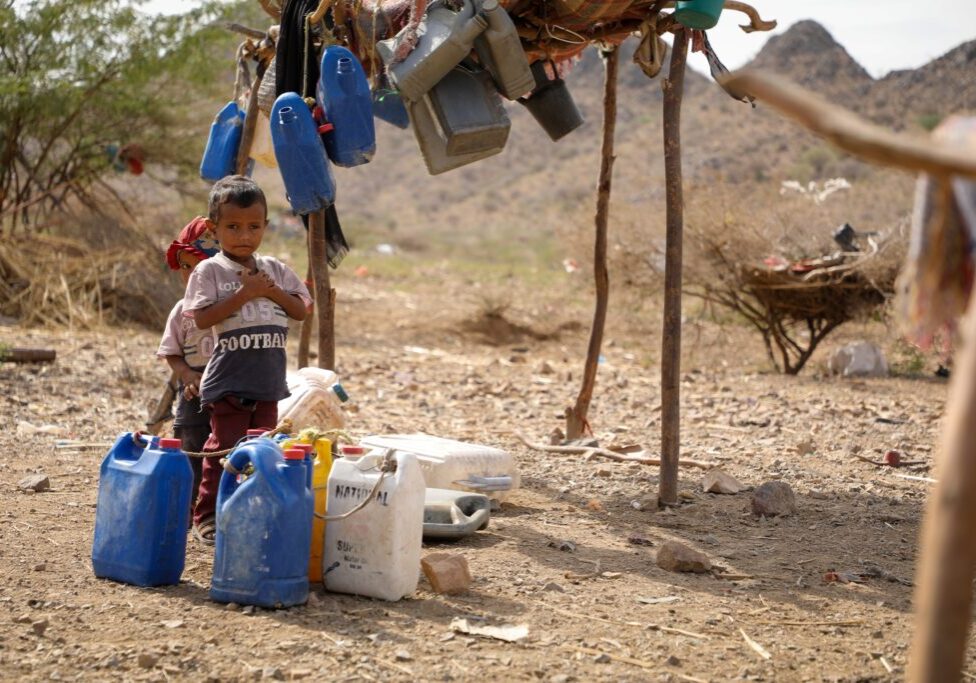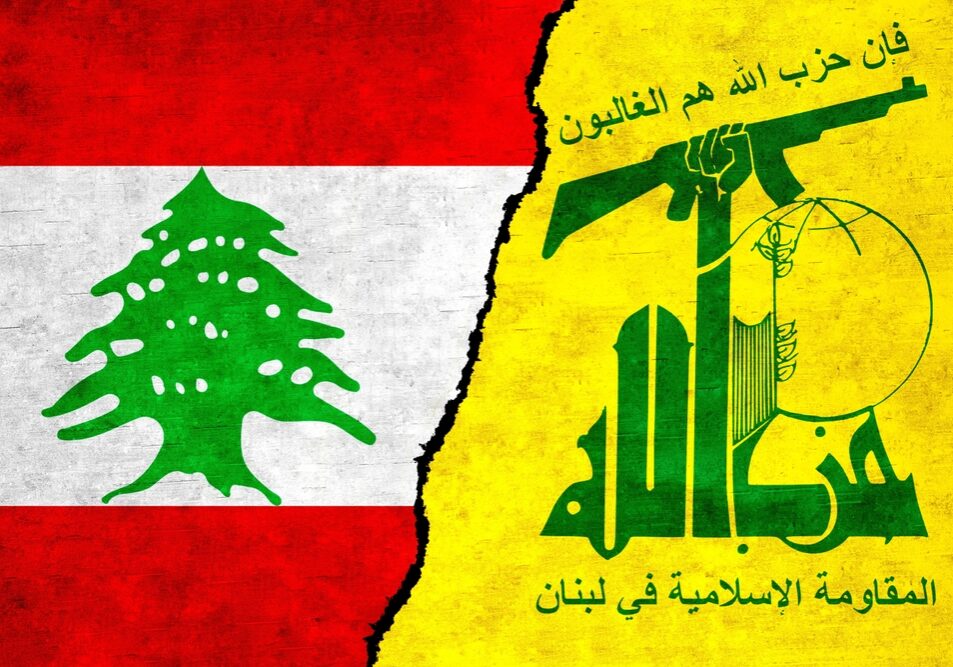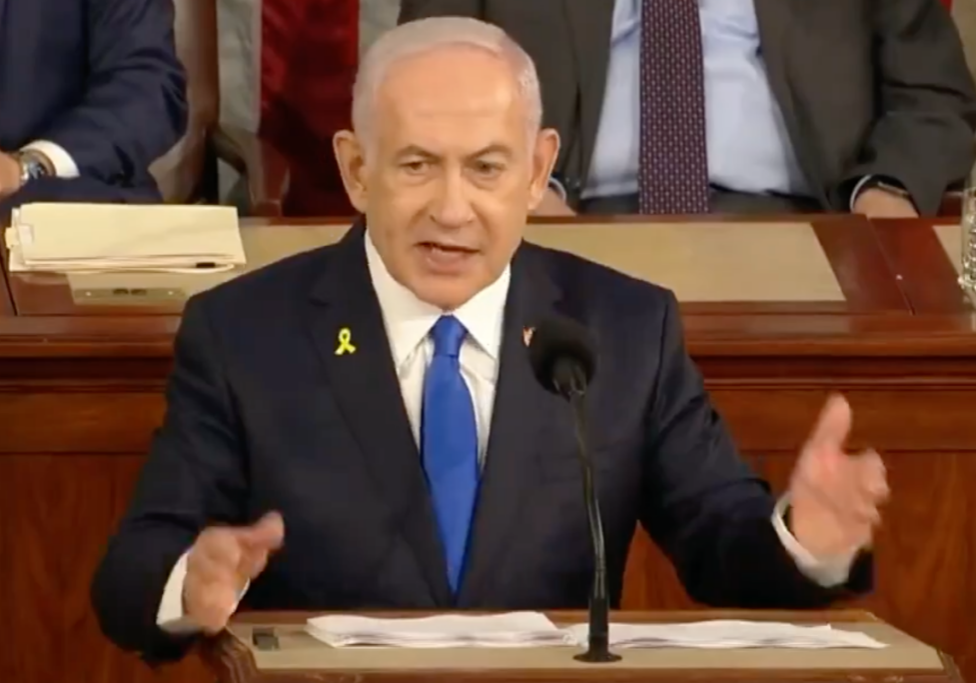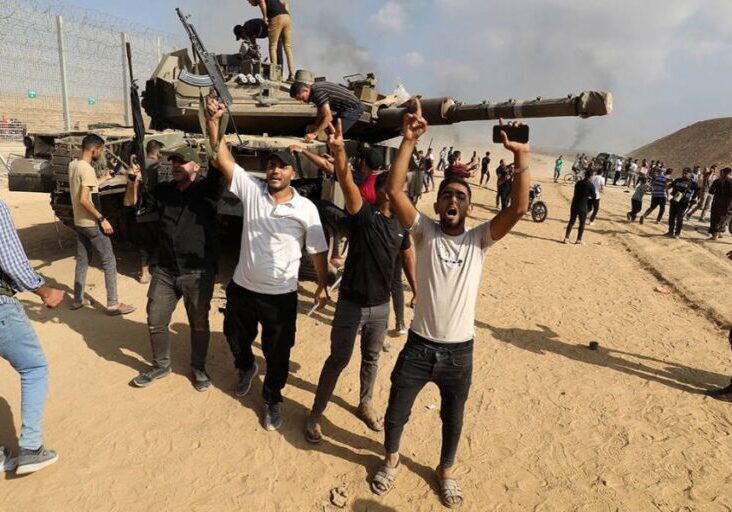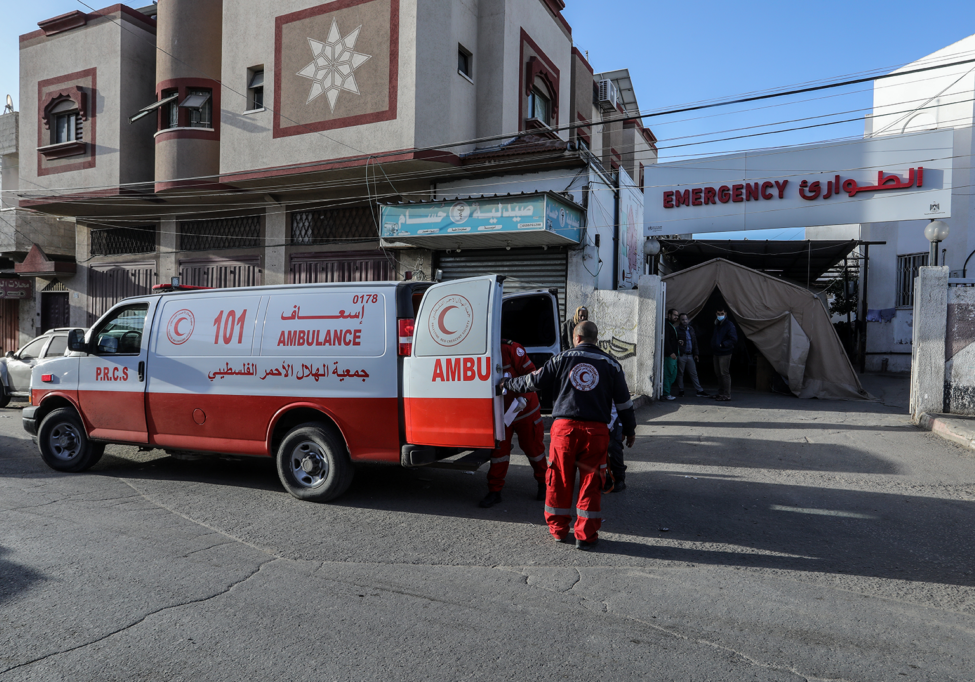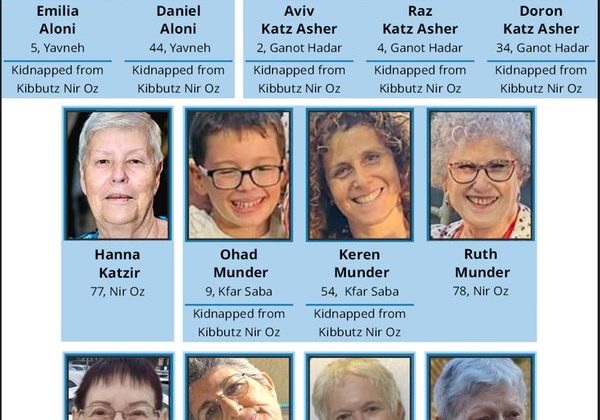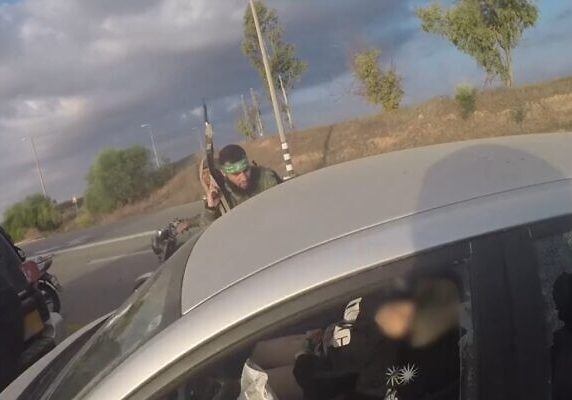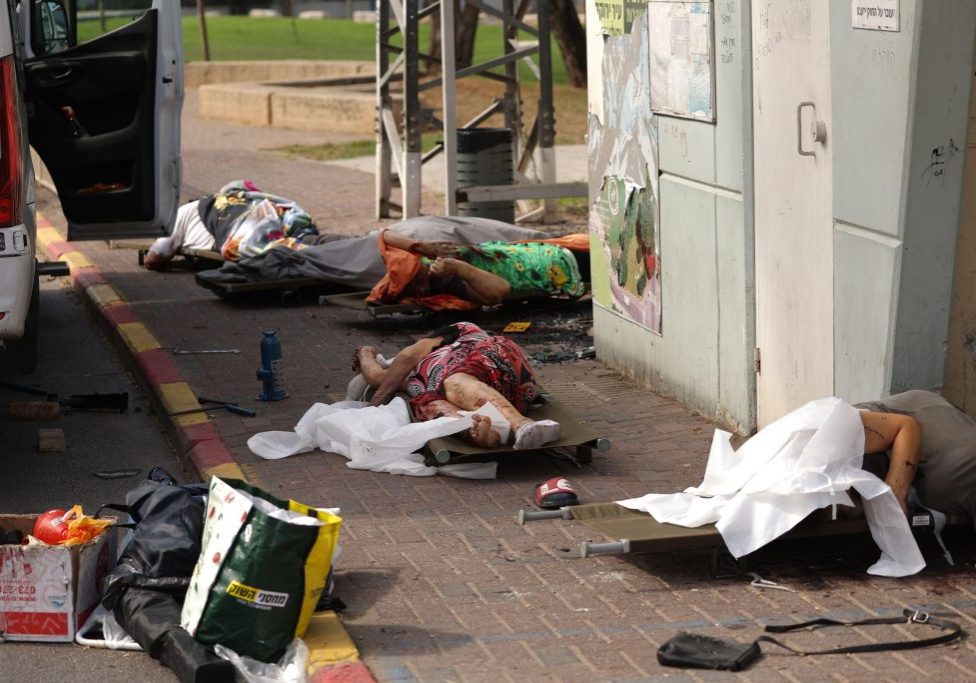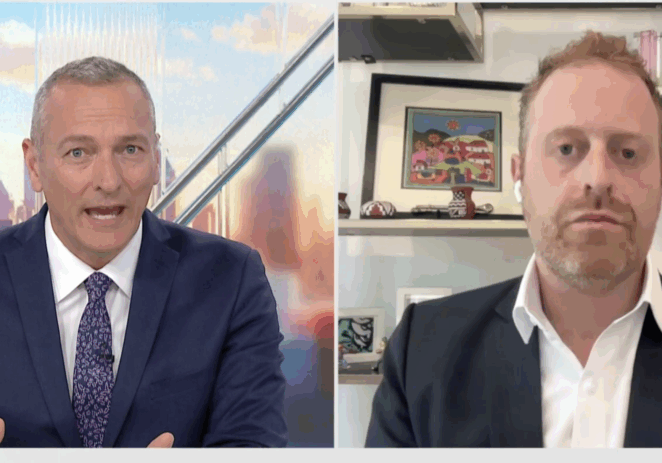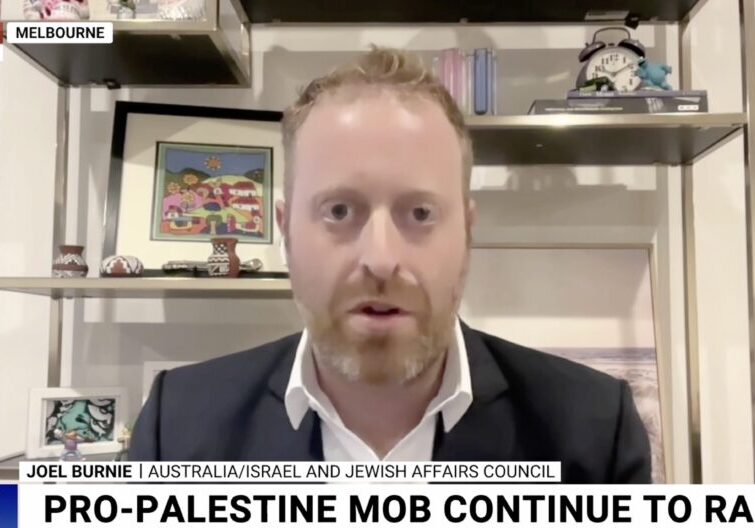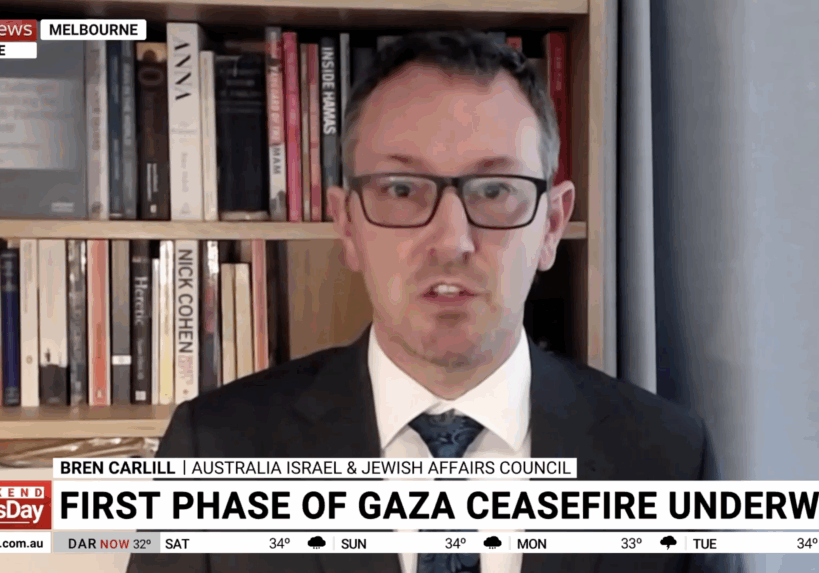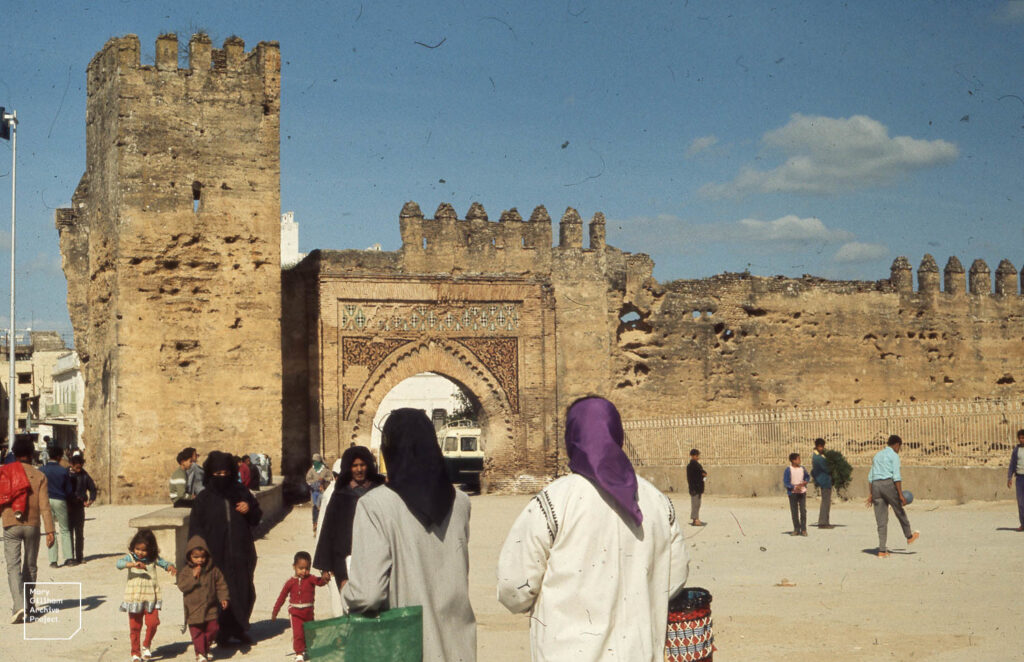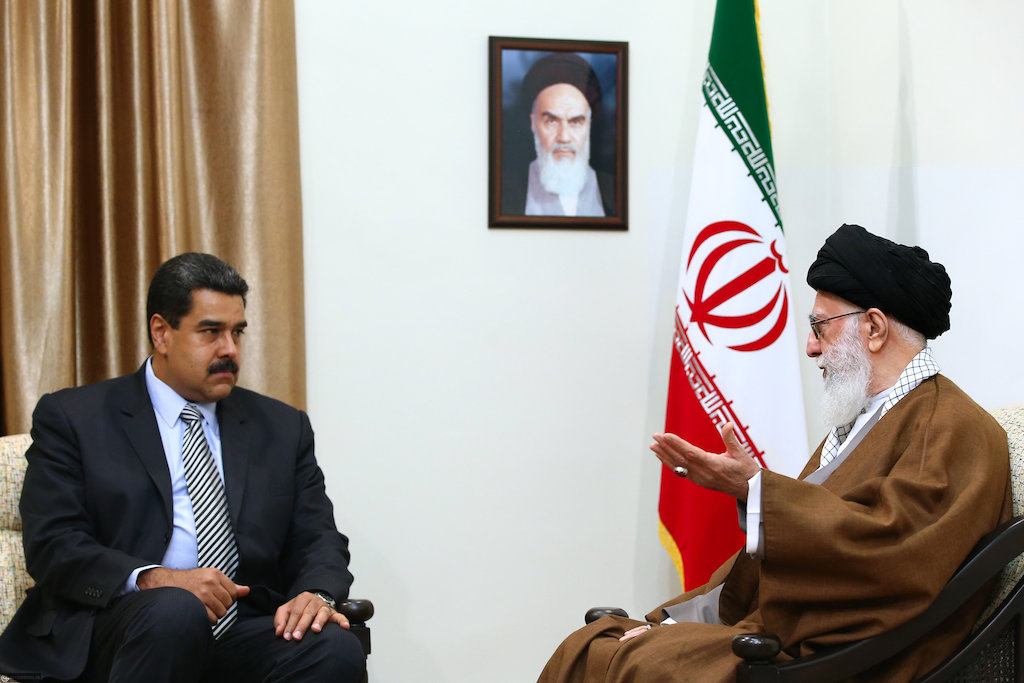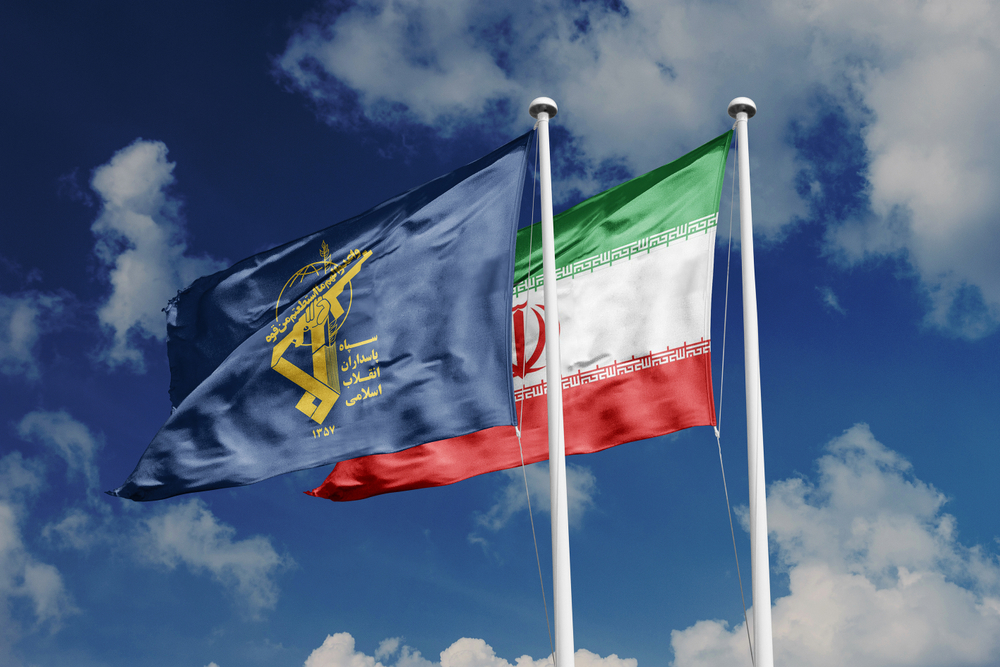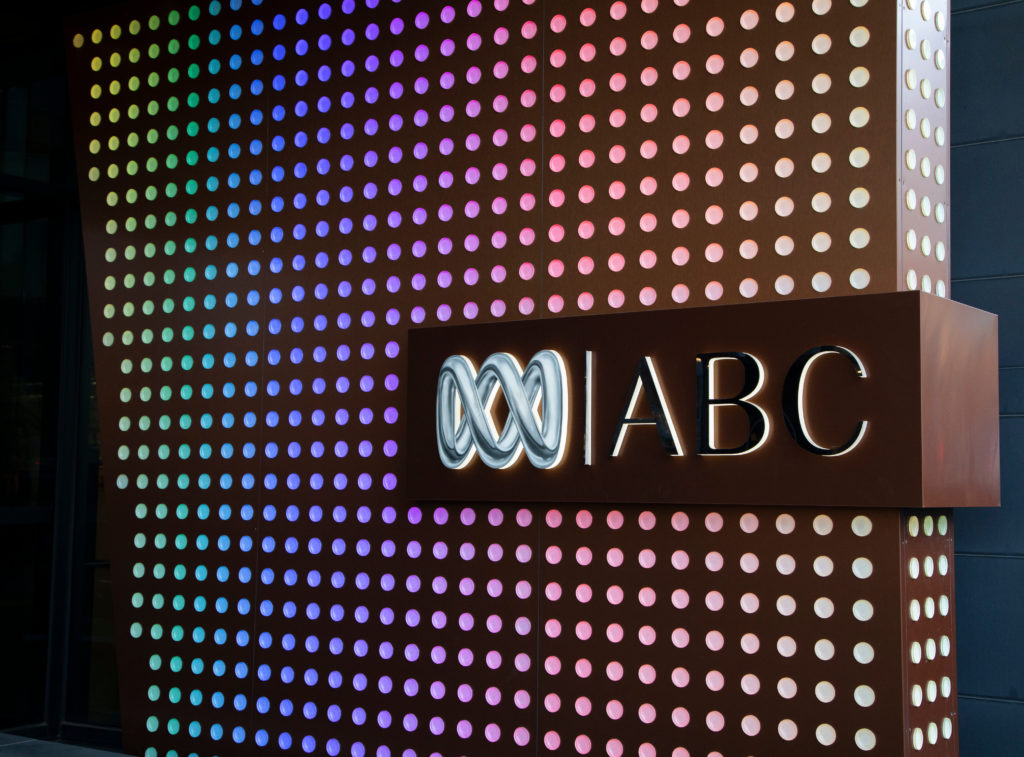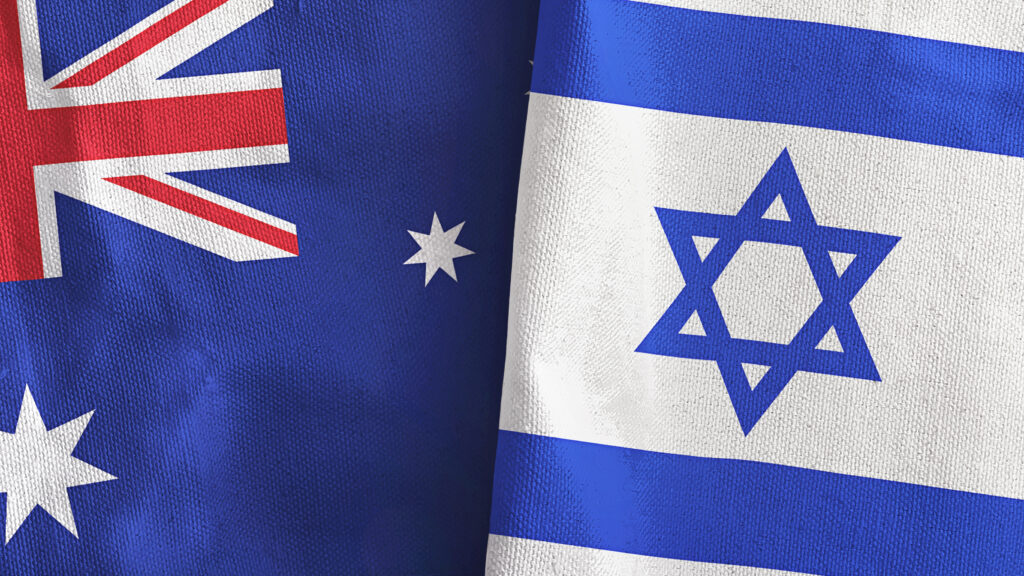FRESH AIR
WHO set to continue anti-Israel politicisation at this year’s World Health Assembly
November 11, 2020 | Judy Maynard
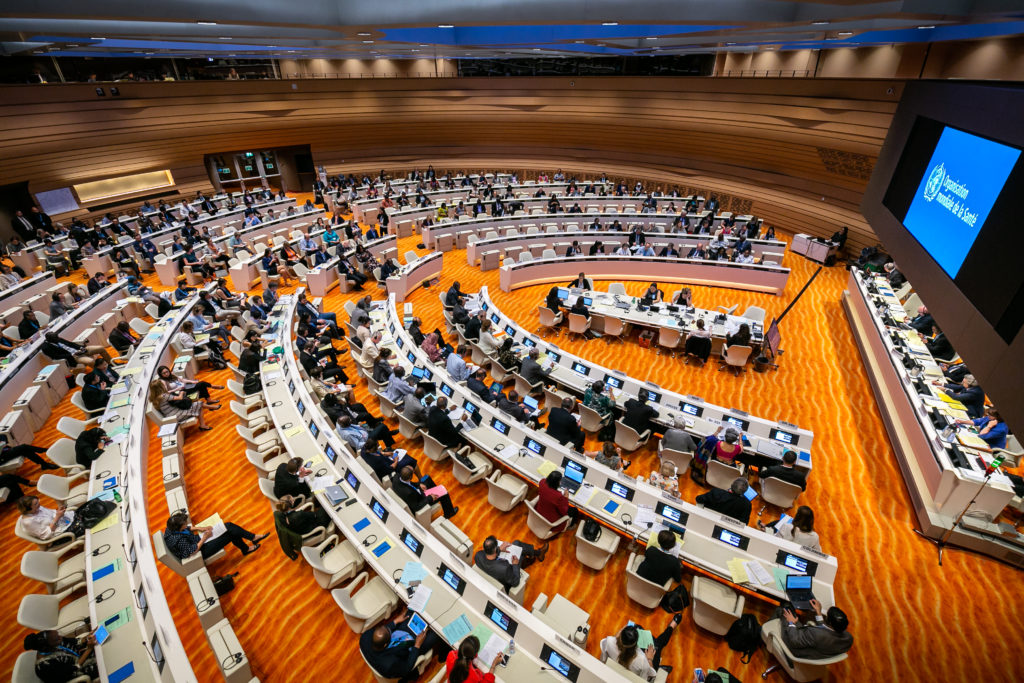
The 73rd World Health Assembly (WHA) resumes this week (9-14 November) after the annual event, normally held in May, had to be truncated due to the COVID-19 pandemic this year.
Yet in spite of the repeated warnings by World Health Organisation (WHO) chief Dr Tedros Adhanom Ghebreyesus against politicising “the virus”, there seems far less concern on the part of its leadership about the destructive politicisation of the WHO itself.
Indeed the WHA, the WHO’s central decision-making body, appears set to continue with its annual exercise in demonising Israel, the only country among the WHO’s 194 member states to ever be singled out for condemnation.
The WHA schedule for this week includes plans to discuss agenda item 17, “Health conditions in the occupied Palestinian territory, including east Jerusalem, and in the occupied Syrian Golan.” As AIJAC documented in May, this agenda item has been used in past WHA meetings to pass resolutions condemning Israel for Palestinian health problems. These resolutions are always lacking in context or basic fairness, and are accompanied by “reports” from Arab health ministries which dial up the misinformation and slurs to an even higher level.
This year, the only supporting documentation currently available for agenda item 17 is the Director-General’s report, which is badly lacking in context when referring to the deleterious health effects of, for example, “chronic occupation”, the blockade of Gaza, or the “Great March of Return.”
Being free of context is far from being free of bias – in fact, quite the opposite. Statements like “WHO worked to build evidence and understanding of major obstacles to the right to health for Palestinians living under Israeli occupation in the occupied Palestinian territory” leave the audience free to assume that the negative impacts on Palestinian health which are causing concern, particularly from violence or the inability to access appropriate treatment, all emanate from Israeli “occupation”.
Paragraph 14, for example, states:
Palestinians living under chronic occupation are exposed to high levels of violence. In 2019, 134 Palestinians were killed and 15,492 injured in the context of occupation and conflict, 80% of those killed and 76% of those injured were in the Gaza Strip, as violence towards demonstrators continued in the context of Gaza Strip’s “Great March of Return”, with a number of escalations in the Gaza Strip over the course of 2019. A fifth (20%) of Palestinians killed in the occupied Palestinian territory in 2019, and almost two fifths (39%) of those injured, were children under the age of 18 years, while 7% of those killed and 7% of those injured were women or girls. Ten Israelis were killed and 121 injured in the same year.
Without actual context, this reads like a series of capricious acts of wanton cruelty visited by a strong oppressor on a vulnerable people. The bald presentation of raw numbers – 134 Palestinians killed as opposed to ten Israelis, with 15,492 and 121 injured respectively – suggests vastly disproportionate force readily used by one side against the other. However, with no particularisation of casualties as civilian or militant, how they occurred, or even at whose hands, this is dangerously misleading.
Astonishingly, Hamas, which rules Gaza and runs its health system, is not mentioned at all; a mere two references to “the de facto authority in the Gaza Strip” are all that appear. There is no way of knowing, for example, how many casualties are the result of internal violence within the Gaza Strip. The so-called “Great March of Return”, misreported by international media as a series of peaceful protests, in reality constituted repeated violent attempts by Palestinians to breach the border fence, attacks on Israeli troops, and use of incendiary devices. A majority of the casualties, Hamas militants or members of other terrorist groups, were the initiators of violence.
The report states that “Responsibilities for the right to the highest attainable standard of health for Palestinians are divided between Israel as occupying power, the Palestinian Authority, the de facto authority in the Gaza Strip and third States”, but misleads by portraying the Palestinian Authority (PA) as lacking agency.
The Palestinian Authority holds responsibilities for the provision of health care to the Palestinian population in the West Bank and Gaza Strip upon its establishment under the Oslo Accords. However, lack of control over natural resources (including water), points of entry and other potential sources of revenue, have created a situation of aid dependency that constrains the capacity of the Palestinian Authority to fulfil such responsibilities.
The WHO’s report concludes with an opaque recommendation to the PA that it “ensure that provision of health care to the Palestinian population is not politicised in the context of political divide.”
Again, when it comes to the health of the prison population, discussion in the report is limited to the Israeli Prison Service (para 38). Yet the report contains another unexplained recommendation directed at the PA, that it “improve prison conditions and ensure no one is subjected to torture or other cruel, inhuman or degrading treatment or punishment.” The report is silent as to why it feels the need to make this recommendation – though anyone who has actually read about the abuses widespread in the West Bank and Gaza justice systems would know the context that the WHO refused to mention. One is led to conclude that any direct criticism by the WHO of the Palestinian leadership for adverse health outcomes has been largely omitted or expunged from the report.
When the WHO’s Dr Tedros, as he likes to be called, warns against politicisation and decries a “lack of global solidarity”, this seems to be starkly in contrast with the blind spot that prevents him from also ending or criticising his own organisation’s politicised annual Israel-bashing exercise.
The WHO’s rallying cry of “don’t politicise this virus” appears to be primarily an attempt to deflect international criticism from the WHO itself and what many have perceived to be its deference toward China – an approach which critics say hampered the WHO’s effectiveness at the start of the pandemic in late 2019 and early 2020.
RELATED ARTICLES

Sentencing for antisemitic vandalism “manifestly inadequate”: Joel Burnie on Sky News

“Bittersweet” aftermath of hostage release deal: Joel Burnie on Sky News
